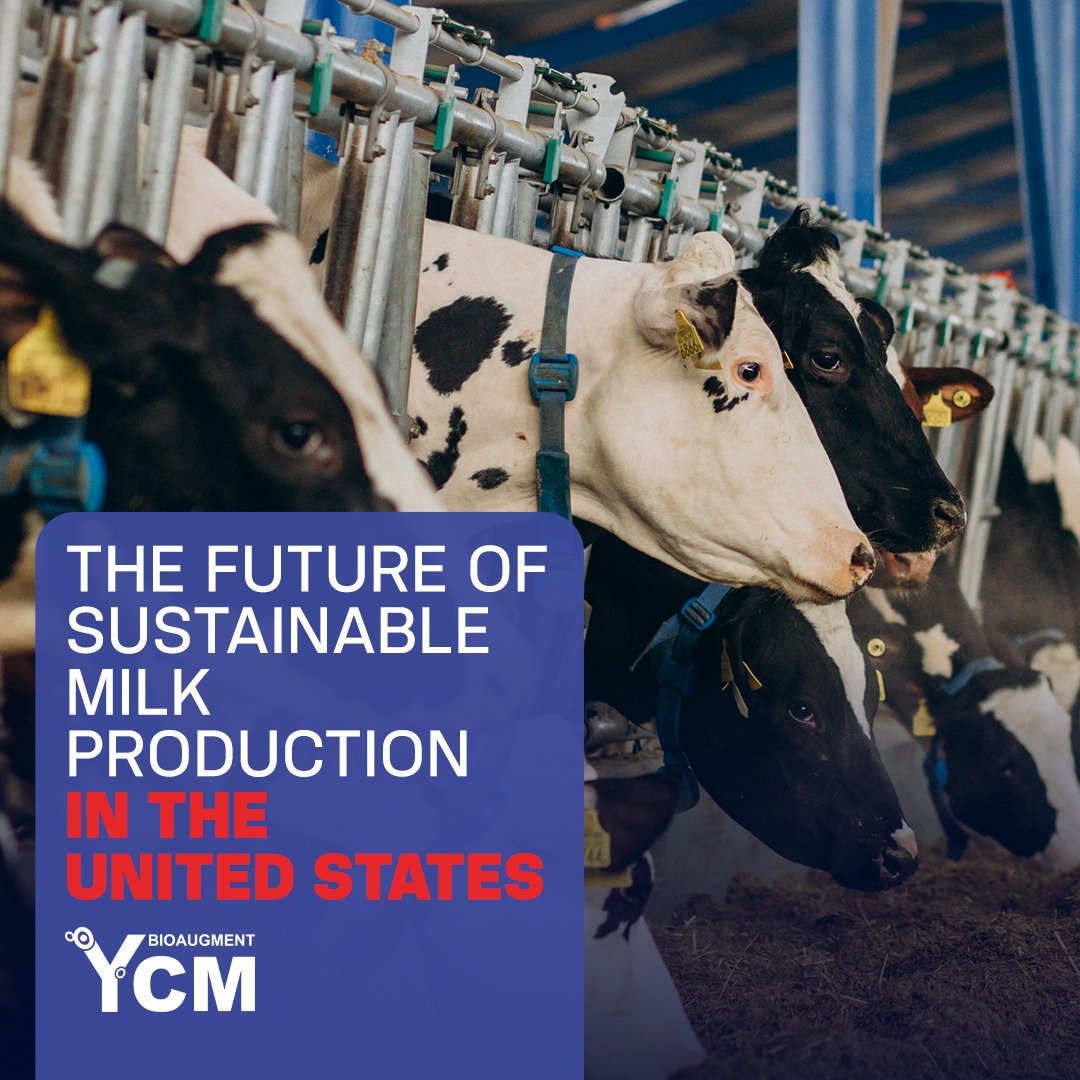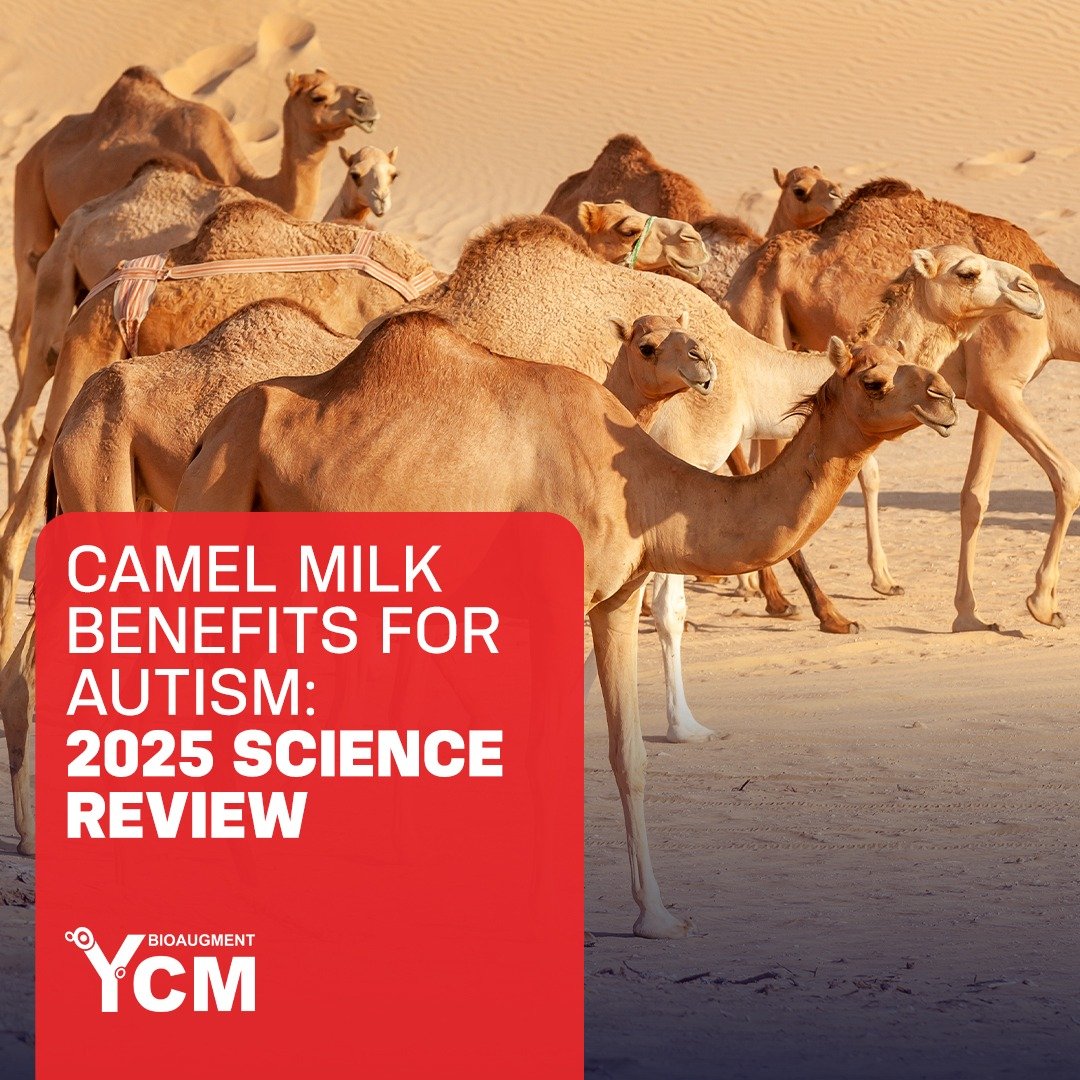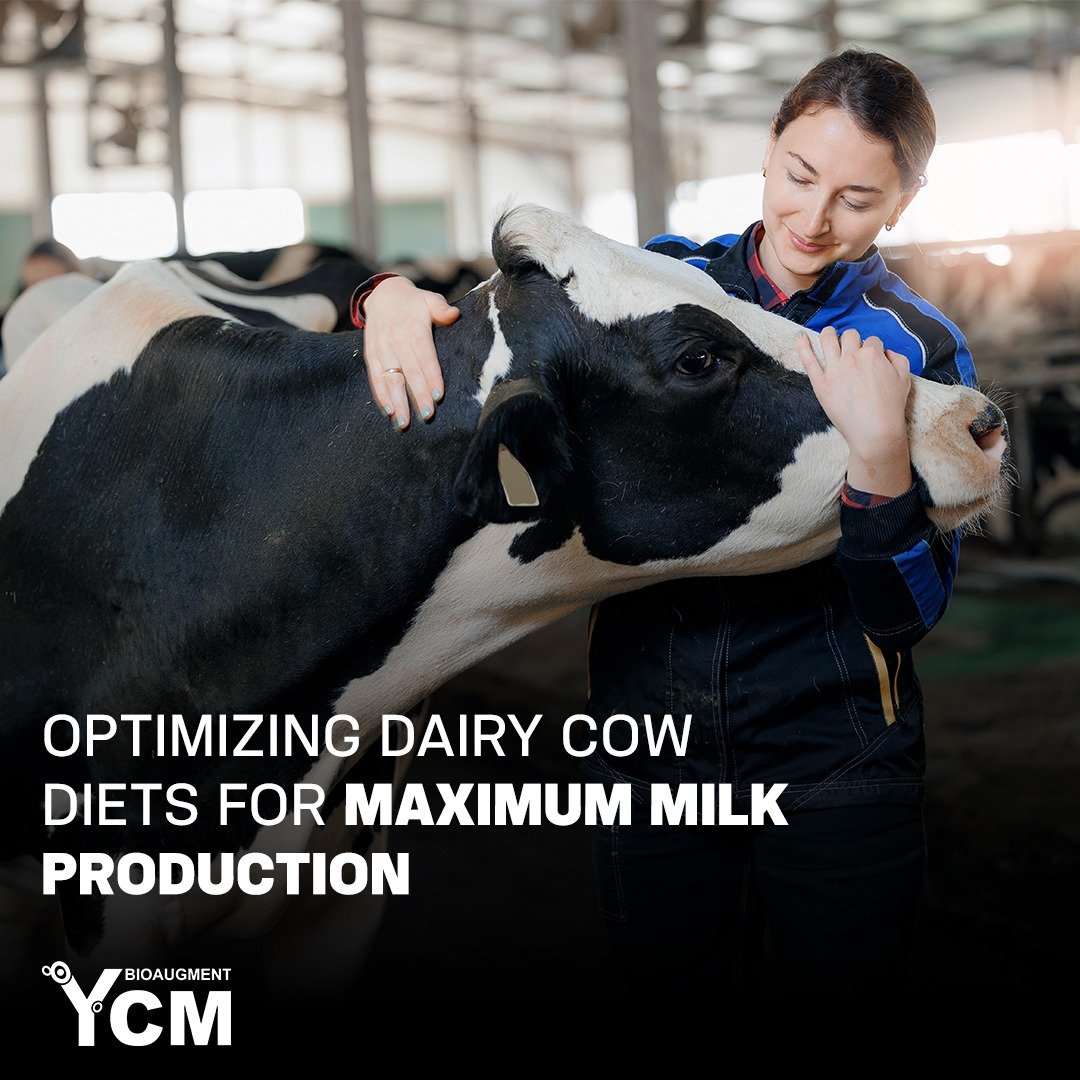As the U.S. dairy industry evolves, sustainability is no longer a trend — it is a necessity. With rising production costs, environmental pressure, and shifting consumer expectations, sustainable milk production has become the foundation of profitable, long-term dairy farming.
From feed efficiency and climate-smart practices to advanced nutrition solutions like postbiotics, U.S. farmers are embracing innovations that improve output while reducing environmental impact.
Why Sustainability Matters for U.S. Dairy Farms
Modern consumers expect milk that is nutritious, responsibly produced, and environmentally friendly. At the same time, dairy farmers must protect herd health, control costs, and maintain high productivity.
Sustainability delivers three major benefits:
-
Economic stability: Better feed efficiency and cow health reduce production costs.
-
Environmental protection: Lower methane output and optimized nutrient usage support stewardship goals.
-
Social responsibility: Clean, high-quality milk strengthens trust with buyers and processors.
Sustainability is now central to how the U.S. dairy industry grows and competes.
1. Improving Feed Efficiency With Smart Nutrition
Feed is the largest expense for dairy farms, often accounting for 50–60% of total costs. Optimizing feed-to-milk conversion is an essential step in sustainable milk production.
Key strategies:
-
Balanced rations with high-quality forages
-
Improved fiber digestibility
-
Precision feeding based on lactation stage
-
Use of rumen enhancers and postbiotic metabolites
YCM (Yeast Culture Metabolites) improves rumen fermentation, VFA production, and gut health — helping cows extract more nutrients from every pound of feed. This reduces waste, improves energy utilization, and boosts milk yield naturally.
2. Reducing Environmental Impact Through Rumen Health
The rumen is the engine of the dairy cow. When rumen fermentation is stable, cows produce more milk with fewer emissions.
Rumen-focused sustainability includes:
-
Reducing subacute ruminal acidosis (SARA)
-
Supporting lactate-utilizing bacteria
-
Stabilizing rumen pH
-
Enhancing fiber breakdown
-
Lowering methane intensity per gallon of milk
Postbiotic tools like YCM help shift fermentation patterns toward more efficient pathways, producing higher levels of propionate and butyrate — improving energy efficiency and lowering emissions per unit of milk.
3. Genetic and Reproductive Advancements
Selective breeding plays a major role in future sustainability.
Traits improving long-term milk efficiency:
-
Fertility and calving ease
-
Robust immune function
-
Longevity and hoof health
-
Feed conversion efficiency
-
Heat tolerance
Combined with sexed semen, genomic testing, and better replacement heifer development, genetics are accelerating sustainable herd improvement across U.S. dairy farms.
4. Climate-Smart Dairy Farming
Environmental stewardship is a core part of the future dairy model.
Climate-smart strategies include:
-
Manure management and methane capture
-
Solar and renewable energy adoption
-
Water recycling systems
-
Precision agriculture and automated feeding
-
Improved cooling technologies to reduce heat stress
These innovations help farms reduce their carbon footprint while improving cow comfort and productivity.
5. Advancing Cow Health for Sustainable Output
Healthier cows produce more milk, require fewer treatments, and have a lower environmental impact.
Natural health-supporting strategies:
-
Strong colostrum and calf immunity programs
-
Stress reduction and cow comfort
-
Postbiotic nutrition for gut and immune support
-
Mastitis prevention and SCC control
-
Balanced dry-period management
YCM’s bioactive metabolites reduce oxidative stress, boost gut integrity, and support immunity — helping cows remain productive through environmental and metabolic challenges.
6. Data-Driven Decision Making
Technology is transforming dairy sustainability through real-time insights.
Examples include:
-
Automated milk meters
-
Rumen sensors and wearable health monitors
-
Precision feeding software
-
Data analytics for herd optimization
Greater accuracy means better production, less waste, and more consistent yields.
The future of sustainable milk production in the United States is being built through smarter nutrition, improved feed efficiency, healthier cows, and climate-responsible farming. Tools like YCM postbiotics empower farmers to produce more milk with fewer resources — strengthening profitability while protecting environmental integrity.
Sustainability is not just an option. It is the strategy that will define the next generation of American dairy farming.





